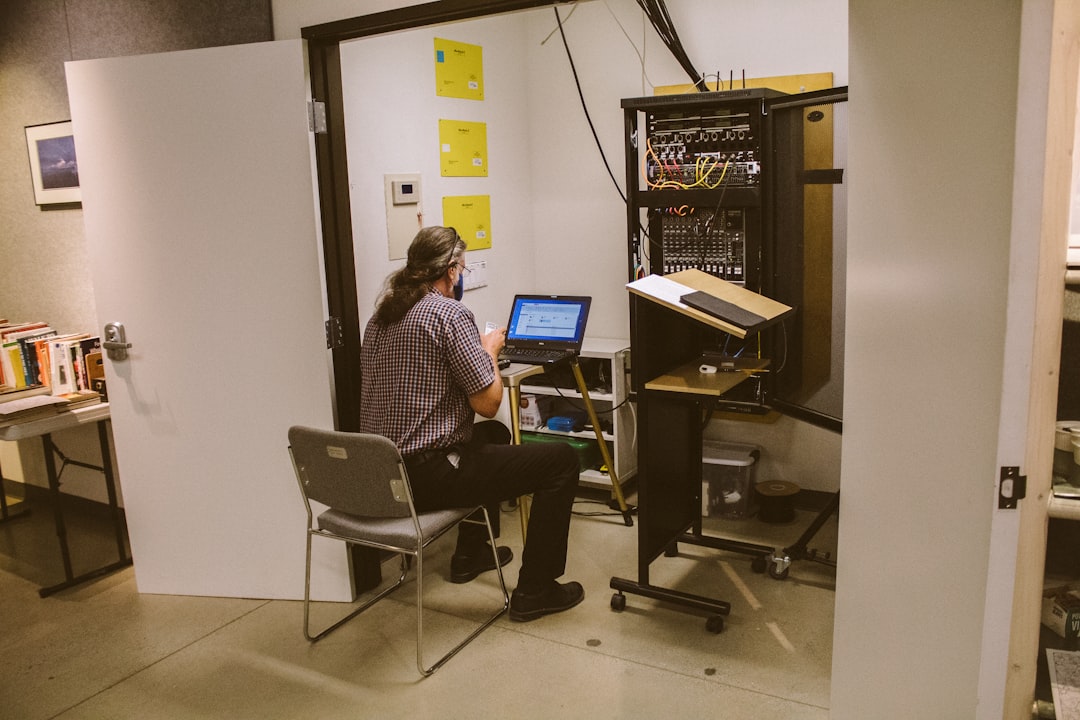Post-production is the crucial final stage where your project transforms from raw footage into a polished, professional product. However, even the most creative vision can be undermined by technical flaws. This is where post-production quality monitoring (PQM) steps in – a systematic process ensuring your final deliverable meets the highest standards.
1. Defining Your Quality Control Standards: Setting the Benchmark
Before you even begin post-production, defining clear quality control (QC) standards is paramount. This involves specifying acceptable tolerances for various aspects of your project. For video, this might include resolution, frame rate consistency, color accuracy, and the absence of artifacts like noise or compression banding. For audio, you’ll need to define acceptable levels of background noise, distortion, and dynamic range. These standards should be documented and shared with your entire team to ensure everyone is on the same page. Consider using a style guide or checklist to maintain consistency throughout the process. The more specific you are, the less room for error and the smoother your post-production workflow will be.
2. Implementing a Robust Workflow for Quality Checks: Streamlining the Process
A well-structured workflow is the backbone of effective PQM. This involves integrating QC checks at various stages of post-production. For example, you might implement checks after each editing session, after color grading, and before final rendering. Consider using specialized software for automated QC checks, which can identify technical issues like dropped frames or audio sync problems much faster than manual inspection. These tools often provide detailed reports, making it easier to pinpoint and address problems efficiently. Furthermore, assigning specific QC responsibilities to team members ensures accountability and prevents oversight. Regular meetings to discuss identified issues and implement corrective measures are also crucial for continuous improvement.
3. Utilizing Automated QC Tools: Leveraging Technology for Efficiency
Manual QC can be time-consuming and prone to human error. Fortunately, numerous automated QC tools are available to streamline the process. These tools can automatically analyze your video and audio for a wide range of issues, flagging potential problems for manual review. Features like frame rate analysis, color space verification, audio level metering, and metadata checks are common in these applications. Choosing the right tool depends on your specific needs and budget, but investing in automation can significantly improve efficiency and reduce the risk of overlooking critical flaws. Integrating these tools into your existing workflow can drastically reduce turnaround times and free up your team to focus on creative aspects of the project.
4. Addressing and Resolving Issues: A Collaborative Approach
Identifying issues is only half the battle. Effectively addressing and resolving them requires a collaborative approach. When a QC issue is identified, it’s crucial to document it clearly and assign it to the appropriate team member for resolution. A well-defined bug tracking system, like those used in software development, can be incredibly beneficial. This system should allow for easy communication, tracking progress, and ensuring that all issues are addressed before the final delivery. Regular communication between the QC team and other team members is crucial to ensure that fixes are implemented correctly and efficiently. This collaborative approach fosters a culture of continuous improvement, ensuring that future projects benefit from lessons learned.
5. Maintaining a Comprehensive Audit Trail: Documentation is Key
Maintaining a comprehensive audit trail of all QC checks and resolutions is vital for accountability and future reference. This involves meticulously documenting all identified issues, the actions taken to resolve them, and the final outcome. This detailed record helps track the overall quality of your project throughout the post-production process, allowing for better analysis and improvement in future projects. A well-maintained audit trail can also be invaluable if disputes arise regarding the quality of the final deliverable. It provides irrefutable evidence of the steps taken to ensure quality and can protect your team from unnecessary liability. Consider using a dedicated QC management system or software that automatically logs all activities.
By implementing these strategies, you can significantly enhance the quality of your post-production deliverables and ensure client satisfaction. Remember that PQM is an ongoing process of refinement and improvement, requiring constant adaptation and attention to detail.
SEO-Friendly Tags:
- Post-Production Quality Control
- Video Quality Monitoring
- Audio Quality Control
- Post-Production Workflow
- Media QC




